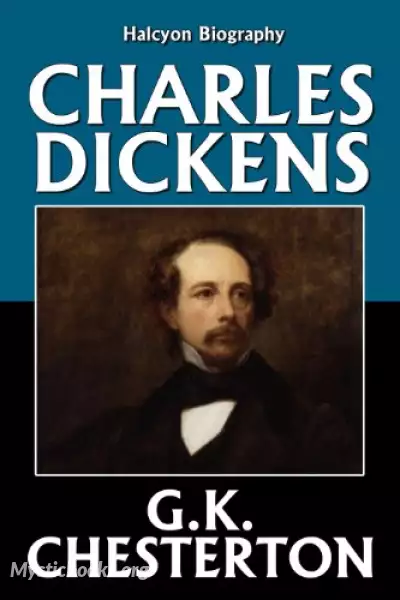
Charles Dickens
'Charles Dickens ' Summary
Born in Portsmouth, Dickens left school at the age of 12 to work in a boot-blacking factory when his father was incarcerated in a debtors' prison. After three years he returned to school, before he began his literary career as a journalist. Dickens edited a weekly journal for 20 years, wrote 15 novels, five novellas, hundreds of short stories and non-fiction articles, lectured and performed readings extensively, was an indefatigable letter writer, and campaigned vigorously for children's rights, for education, and for other social reforms.
Dickens's literary success began with the 1836 serial publication of The Pickwick Papers, a publishing phenomenon thanks largely to the introduction of the character Sam Weller in the fourth episode that sparked Pickwick merchandise and spin-offs. Within a few years Dickens had become an international literary celebrity, famous for his humour, satire and keen observation of character and society. His novels, most of them published in monthly or weekly instalments, pioneered the serial publication of narrative fiction, which became the dominant Victorian mode for novel publication.
Cliffhanger endings in his serial publications kept readers in suspense. The instalment format allowed Dickens to evaluate his audience's reaction, and he often modified his plot and character development based on such feedback. For example, when his wife's chiropodist expressed distress at the way Miss Mowcher in David Copperfield seemed to reflect her disabilities, Dickens improved the character with positive features. His plots were carefully constructed and he often wove elements from topical events into his narratives. Masses of the illiterate poor would individually pay a halfpenny to have each new monthly episode read to them, opening up and inspiring a new class of readers.
His 1843 novella A Christmas Carol remains especially popular and continues to inspire adaptations in every artistic genre. Oliver Twist and Great Expectations are also frequently adapted and, like many of his novels, evoke images of early Victorian London. His 1859 novel A Tale of Two Cities (set in London and Paris) is his best-known work of historical fiction. The most famous celebrity of his era, he undertook, in response to public demand, a series of public reading tours in the later part of his career. The term Dickensian is used to describe something that is reminiscent of Dickens and his writings, such as poor social or working conditions, or comically repulsive characters.
Book Details
Language
EnglishOriginal Language
EnglishPublished In
1906Genre/Category
Tags/Keywords
Authors
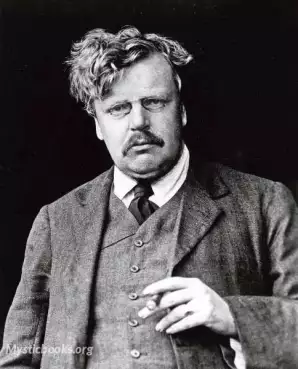
Gilbert K. Chesterton
England
Chesterton wrote around 80 books, several hundred poems, some 200 short stories, 4,000 essays (mostly newspaper columns), and several plays. He was a literary and social critic, historian, playwright,...
Books by Gilbert K. ChestertonListen/Download Audiobook
- Select Speed
Related books

The Private and Public Life of Abraham Lincoln by Orville J. Victor
It is a biography that details the life of the 16th President of the United States. The book was first published in 1874 and has since become a well-k...
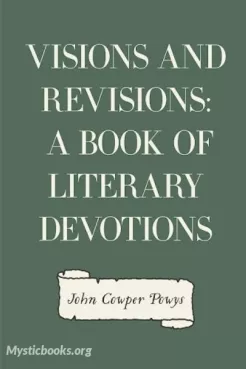
Visions and Revisions by John Cowper Powys
This is a captivating literary work that takes readers on a mesmerizing journey through the depths of human emotions and the complexities of existence...

The Exploits and Triumphs, in Europe, of Paul Morphy, the Chess Champion by Fredrick Edge
Paul Morphy, born in New Orleans in 1837, was considered the greatest chess player of his era. He was a child prodigy who learned playing chess simply...

Biography of Mahommah G. Baquaqua by Samuel Downing Moore
The autobiography of Mahommah Gardo Baquaqua, a former slave from West Africa. Baquaqua was sold into slavery in 1845 and worked in Brazil as a captiv...
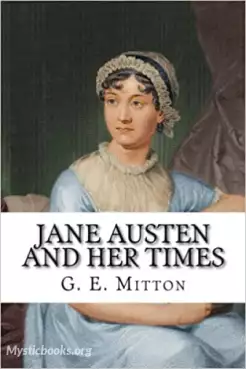
Jane Austen and Her Times by Geraldine Mitton
This book starts saying it won't be a biography but instead will describe the times of Jane Austen, but then details the live of Jane Austen with a bi...
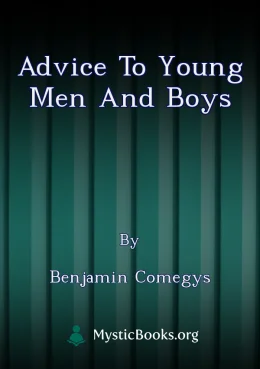
Advice to Young Men and Boys by Benjamin Comegys
This book compiles a collection of speeches delivered by Benjamin Comegys, a prominent figure in Philadelphia, to young men and boys. The speeches foc...

Theodore Roosevelt: An Autobiography by Theodore Roosevelt
Theodore Roosevelt: An Autobiography is a 1913 autobiography written by former President of the United States, Theodore Roosevelt.
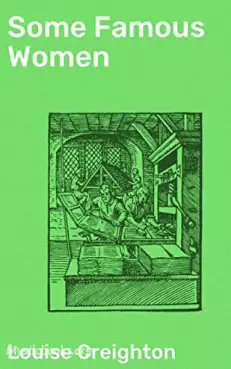
Some Famous Women by Louise Creighton
Louise Creighton (1850-1936) was a British author and women's rights activist. The wife of the Anglican bishop of London, she was the mother of seven...
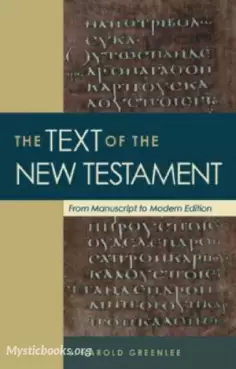
The New Testament (TCNT) by Twentieth Century New Testament
The Twentieth Century New Testament was produced in Britain over a period of 15 years by a group of approximately 20 people. Although they were all fl...
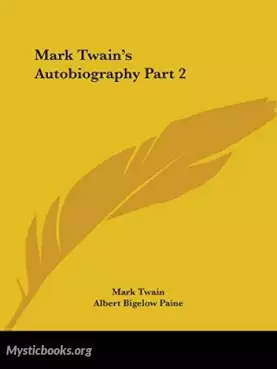
Mark Twain's Autobiography: With An Introduction by Albert Bigelow Paine - Volume II by Mark Twain
Until recently, this work has been considered the "go-to" bio of Mark Twain. Albert Bigelow Paine (July 10, 1861 – April 9, 1937) was an American auth...
Reviews for Charles Dickens
No reviews posted or approved, yet...